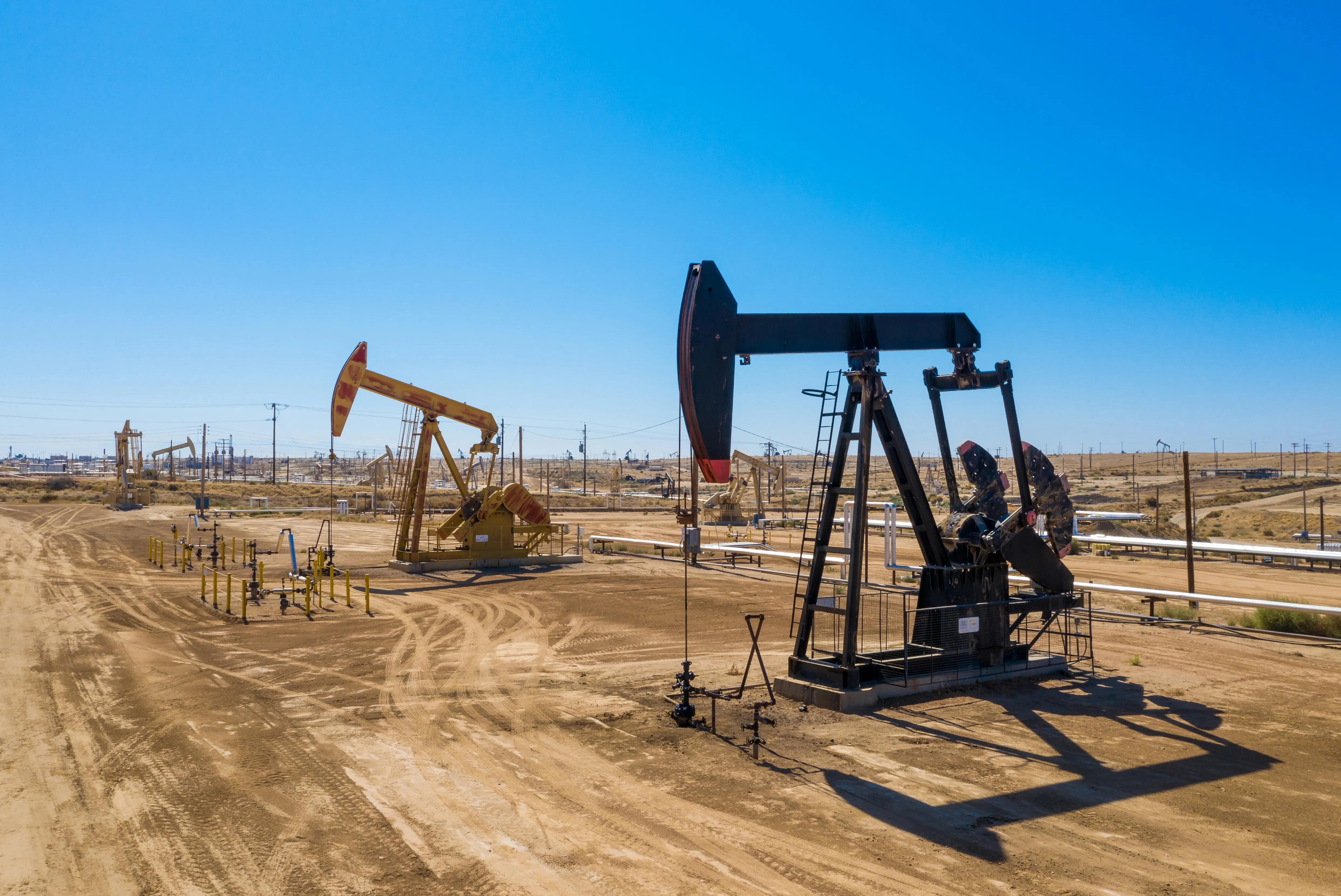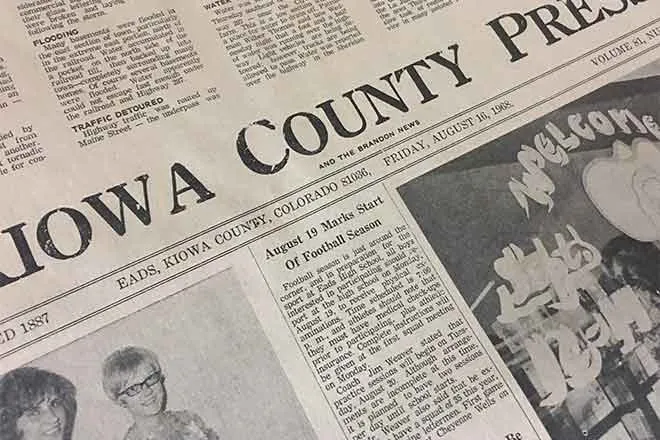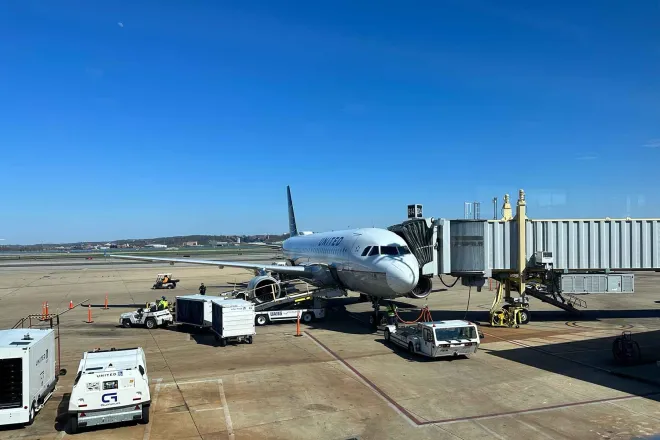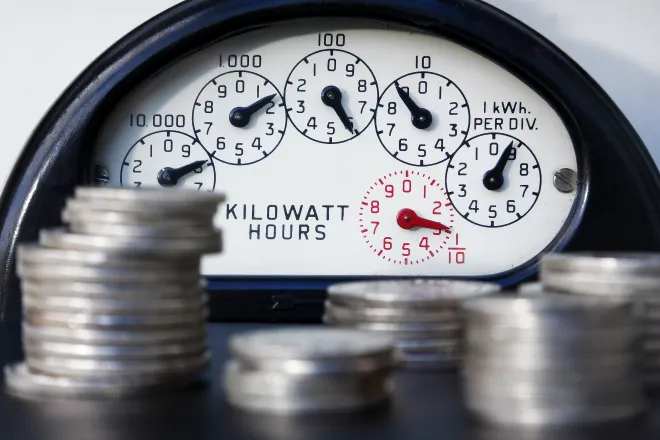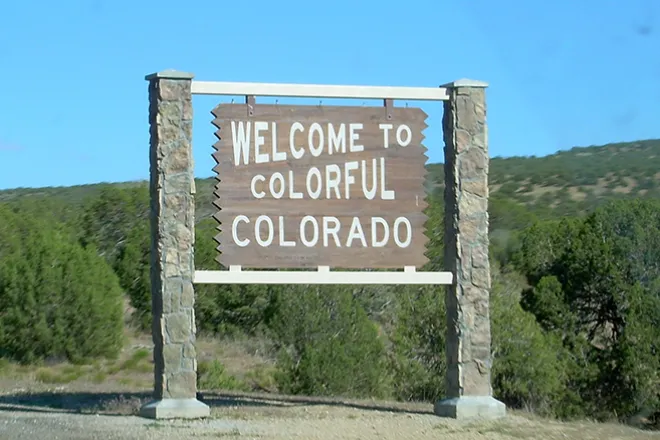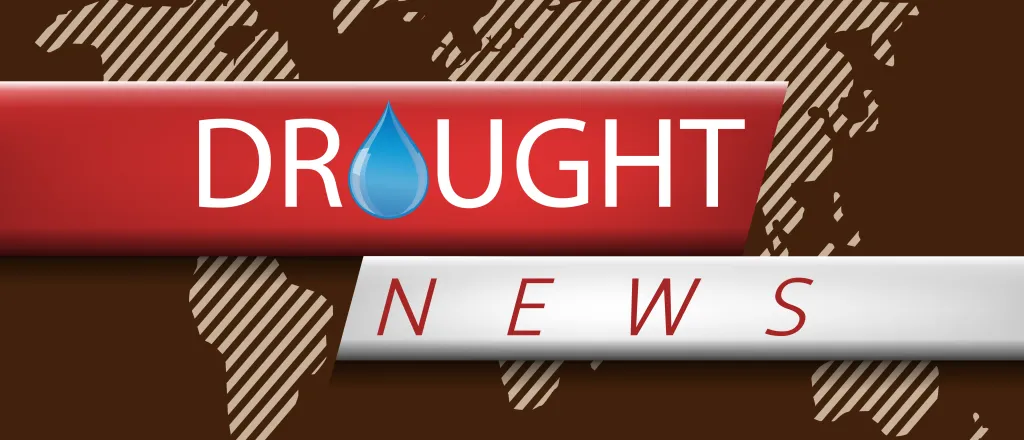
Colorado drought intensifies in the west, improvements for the plains
© KiowaCountyPress.net
Colorado’s drought conditions worsened last week in the western half of the state, while a modest increase in land area classified as free of drought stress centered on the eastern plains. The latest U.S. Drought Monitor report, released Thursday by the National Drought Mitigation Center and valid for May 27, shows that 33.85 percent of the state is now unaffected by drought, compared to 21.15 percent the prior week. However, severe and extreme drought expanded.
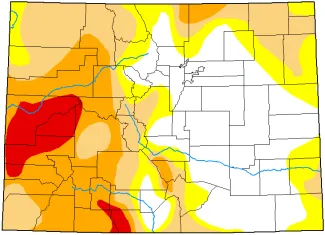
Colorado drought conditions for May 27, 2025 - National Drough Mitigation Center
Current vs. Prior Week: Shifts in Drought Severity
As of May 27, 23.91 percent of Colorado was under moderate drought (D1), down slightly from 25.78 percent, while severe drought (D2) increased to 19.19 percent from 16.04 percent. Extreme drought (D3) also rose to 6.17 percent, compared to 5.27 percent. Abnormally dry conditions (D0), which indicate pre-drought stress, dropped sharply to 16.88 percent from 31.76 percent with improvements across the eastern plains. Exceptional drought (D4) remained unchanged at 0 percent.
Drought Statistics for May 27, 2025 | |||||||
| Week | Date | None | D0 | D1 | D2 | D3 | D4 |
| Current | 5/27/25 | 34 | 17 | 24 | 19 | 6 | 0 |
| Last Week to Current | 5/20/25 | 21 | 32 | 26 | 16 | 5 | 0 |
| 3 Months Ago to Current | 2/25/25 | 55 | 24 | 17 | 3 | 1 | 0 |
| Start of Calendar Year to Current | 12/31/24 | 75 | 15 | 6 | 3 | 1 | 0 |
| Start of Water Year to Current | 10/1/24 | 48 | 27 | 20 | 5 | 0 | 0 |
| One Year Ago to Current | 5/28/24 | 61 | 23 | 15 | 1 | 0 | 0 |
The Drought Severity Classification Index (DSCI), a measure of overall intensity, fell slightly to 147 this week compared to 153 last week, signaling a marginal easing in some areas but persistent stress across key regions.
West central and northwest Colorado saw the brunt of declining conditions. Extreme drought grew toward the east in Mesa and Delta counties, entering Gunnison, Garfield and Pitkin counties. Gunnison County also saw growth in severe drought along all its borders, leaving moderate drought for the central area. Further north, severe drought also grew in Garfield, Rio Blanco, Eagle, and Routt counties, while moderate drought grew in Moffat County.
The central portion of the eastern plains saw a return of drought-free conditions. Sedgwick County in the far northeast mostly shifted from moderate drought into abnormally dry conditions. In southeast Colorado, a similar retreat of moderate drought occurred in Prowers and Baca counties.
A sharp decline from year-ago levels
Long-term records since January 2000 show cyclical patterns, but recent months highlight intensifying challenges.
Comparisons with historical data reveal a stark deterioration since 2024. As of May 28, 2024, 60.75 percent of Colorado was free from drought, increasing to 70.05 percent at the end of December. By this week, that figure had plummeted to 33.85 percent after beginning a rapid decline in March.
Additional areas of concern:
- Extreme drought (D3+): The current 6.17 percent is above the five-year average of 1.94 percent (2020–2024).
- Seasonal comparisons: From March to May 2025, severe and extreme drought expanded by over 4 percentage points statewide compared to early 2025.
Local conditions may vary from the state-level summary, and specific locations can vary significantly from the surrounding region.
The report estimates nearly 777,133 Coloradans are currently living in drought-affected areas. Officials warn that prolonged dryness could strain water supplies and increase wildfire risks as temperatures climb later this summer.
25-Year Trends: Escalating Drought Patterns
Over the past quarter-century, drought severity has fluctuated, but recent data suggests a sustained increase in drier conditions.
From mid-July to late August 2002, all of Colorado was in extreme (D3) or exceptional (D4). Between February 2002 and July 2004, just 10 weeks showed drought-free areas in the state, and only half of those were above one percent of the state’s area.
With brief exceptions, drought was more limited from 2005 through early 2011. May 2011 kicked of a six-month period of extreme and exceptional conditions before moderating for a few months.
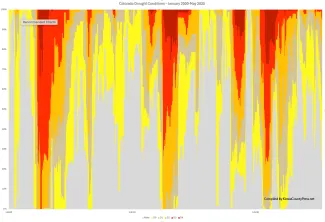
Colorado Drought Conditions - January 2000-May 2025
The 2012-2014 period is particularly notable. In January 2012, more than 65 percent of Colorado was drought-free. By July, the entire state was in severe or greater drought. Exceptional drought appeared in July 2012, covering as much as 25 percent of the state by February 2013. Areas of extreme and exceptional drought continued for more than two years, ending in early August 2014.
Conditions continued to improve until May 2016, when nearly all of Colorado had reached drought-free conditions, with just a few percentage points in the abnormally dry category.
Another period with extreme and exceptional drought began in early 2018, continuing through early 2019. By late May 2019, Colorado experienced eight consecutive weeks of drought-free conditions. The reprieve was short lived. Extreme and exceptional conditions returned in May 2020, lasting into May 2023.
The current period with extreme drought began in late October 2024 and has been steadily increasing since then.
Editor’s note: Portions of this article have been augmented with the assistance of Large Language Models for analysis, with human review, editing, and original material.







